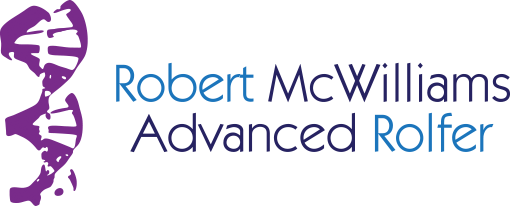This article, at http://rheumatology.oxfordjournals.org/cgi/content/abstract/38/10/974?demonstrates the short-term efficacy of steroid injections with “heel pain”. What it didn’t elaborate on was the rate of side effects, and the limits of the long-term effectiveness of this regimen. Basically, the results leveled off at 1 month ( see “Results” area), and they don’t mention what happens after the injections are stopped. Unless the motion inhibiting soft-tissue and joint issues that created the painful swelling are treated, it will probaby come back. Doesn’t that stand to reason?
Meanwhile, the body’s own natural ability to restore normal tissue fluid balance and anti-inflammatory response via the Adrenal cortex has been sidestepped. Rest, better nutrition and improved fluidity and blood-flow as achieved through a proven soft-tissue, range of motion oriented therapeutic approachin the affected area can be sensibly considered, I feel, possibly postponing Steroid and Cortisone injections. Soft-tissue manipulation such as Rolfing® Structural Integration,with a qualified practitioner,without the high rate of sife effects asscoiated with Steroid injection, can be be considered in any comprehensive strategey before using drugs or surgery! We need to look for solutions that treat the causes of our problems, not just the symptoms. That being said, there are, of course, times where drugs and/or surgery are necessary. This needs to be assessed with an understanding of techniques like Rolfing® Structural Integration, and the powerful and documented results they can bring about.
Rheumatology 1999; 38: 974-977
© 1999 British Society for Rheumatology
Steroid injection for heel pain: evidence of short-term effectiveness. A randomized controlled trial
F. Crawford, D. Atkins1, Simon Slade, P. Young and J. Edwards1
Department of Health Sciences and Clinical Evaluation, University of York and
1 Centre for Rheumatology, University College London, London, UK
Correspondence to: F. Crawford, Department of Health Sciences and Clinical Evaluation, Alcuin College, University of York, Heslington, York YO1 5DD, UK.
Objectives. To compare the effectiveness of a steroid injection (25 mg/ml prednisolone acetate) with a local anaesthetic control in the treatment of heel pain and to determine any advantage for patients’ comfort of using a posterior tibial nerve block to anaesthetize the heel prior to infiltration.
Methods. A double-blind randomized controlled trial using a 2×2 design in a hospital-based rheumatology clinic. Subjects comprised 106 patients with heel pain referred by general practitioners and other rheumatologists working in Camden and Islington Health Authority. Main outcome measures: heel pain reduction at 1, 3 and 6 months, and patient comfort at the time of injection. All outcomes were measured using a 10 cm visual analogue scale.
Results. A statistically significant reduction in pain was detected at 1 month (P=0.02) in favour of steroid injection, but thereafter no differences could be detected. Patient comfort was not significantly affected by anaesthesia of the heel (P=0.5).
Conclusions. A steroid injection can provide relief from heel pain in the short term. There appears to be no increase in patient comfort from anaesthetizing the heel prior to infiltration.
